In the lead up to the game, and in its aftermath, there were questions raised about the fairness of teams kicking-off at different times. The usual argument was that it was not done in some specified other sports. Others just expressed outrage that this was done for the benefit of securing the maximum amount in broadcast rights. In this particular case, it is difficult to say that on the morning of the games the sequence gave any particular team an advantage. It is also difficult to say what team had an advantage after the first game. Ireland knew how much they had to win by to pass Wales but I know plenty of supporters who felt it was too big a target. How did the Irish players feel? They would have to balance the certainty of what was need to beat Wales, with the uncertainty of what was needed to beat England, with the fairly hefty margin set by Wales. And, they were probably being told to forget all of that and concentrate on their own game. It is impossible to say if Ireland had an advantage. The same could be said about England in the moments before their game.
Different starting times can be a problem where other results align the incentives for the competitors in subsequent games. This is not a problem for the Six Nations in the way it has been a problem for the group stages of FIFA World Cup competitions (read about the "disgrace of Gijon here or the problem with perverse incentives in sport here and here).
Different starting times are also not a problem in single game elimination tournaments. The loser is eliminated. The single game elimination tournament has a way of focusing the mind that does not exist in many other competition formats. It is not surprising that it featured prominently in the early development of most sports. However, the uncertainty surrounding revenue from such a competition structure meant it did not survive long. The economics of the situation resulted in teams seeking "fixity of fixtures" and soon the league structure came to dominate most mass spectator sports.
A league structure can bring its own problems. A topical example comes from English football's League 1 where the team selections of Swindon Town have become a talking point. Swindon will be involved in the playoff for promotion when the league games are finished. It is possible that they have been using their last couple of games to prepare for the playoffs. This could include resting some of their better players. The problem is that they were playing teams seeking automatic promotion. For example, the Swindon team that lost 3-0 to Preston North End was missing a number of first-team regulars. MK Dons are in a battle with Preston for automatic promotion. They might feel aggrieved with what Swindon are doing. If Preston win their last game then their is a chance Swindon could meet the MK Dons in a promotion playoff. Will sporting karma come back to bite Swindon?





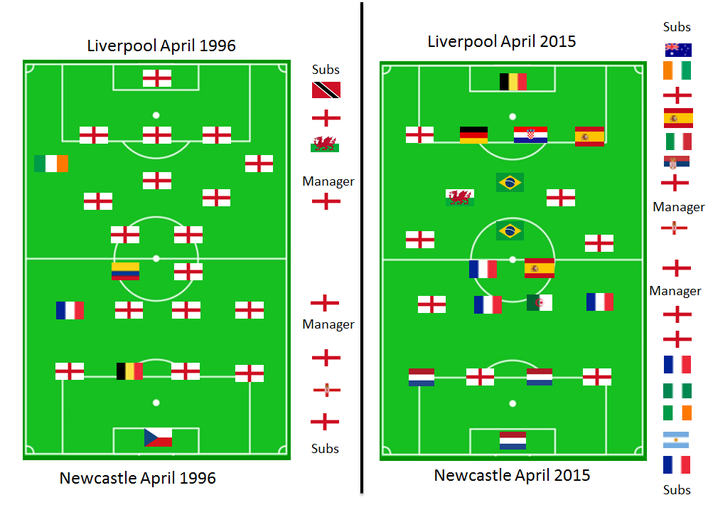
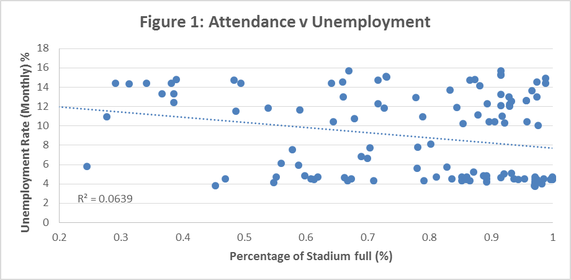
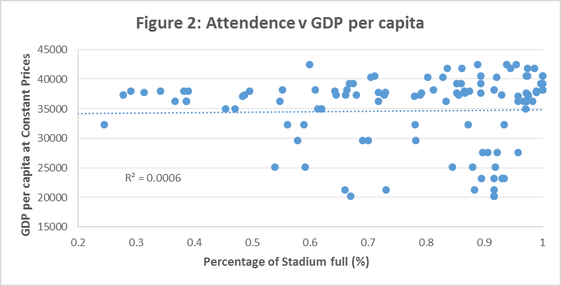
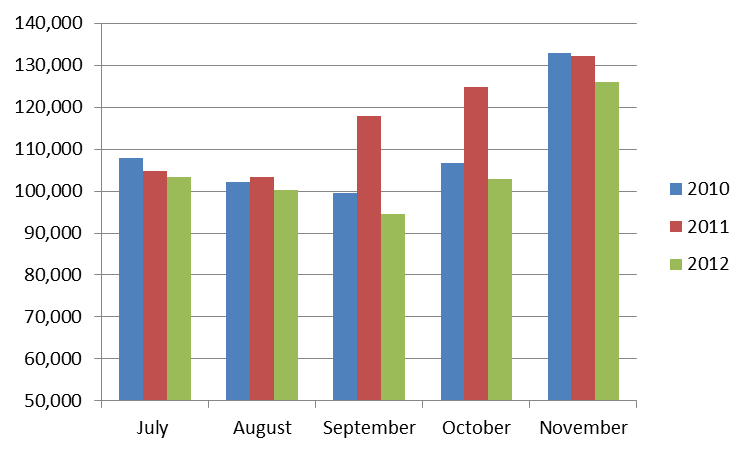
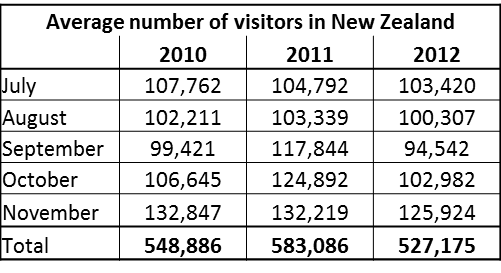
 RSS Feed
RSS Feed